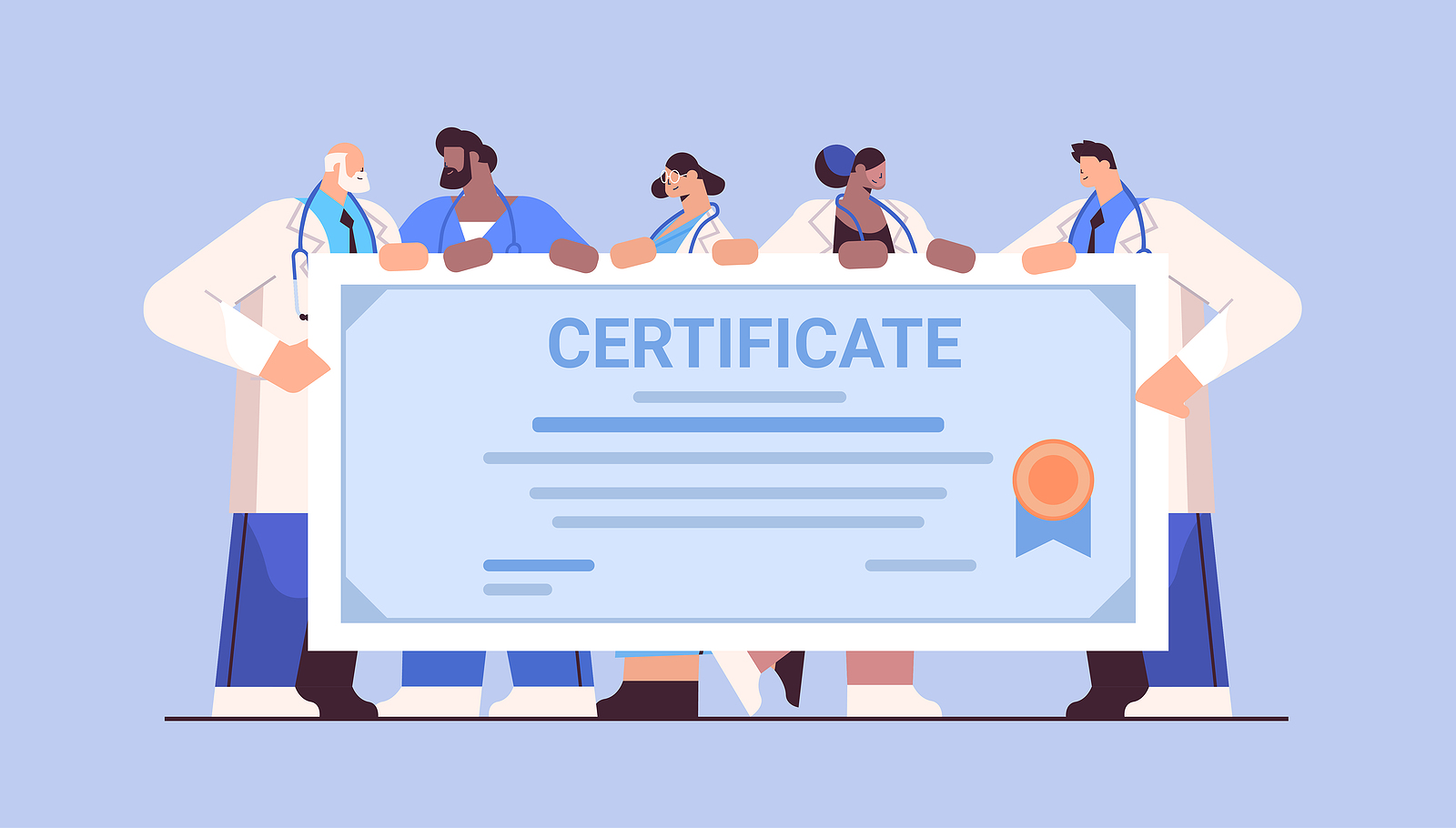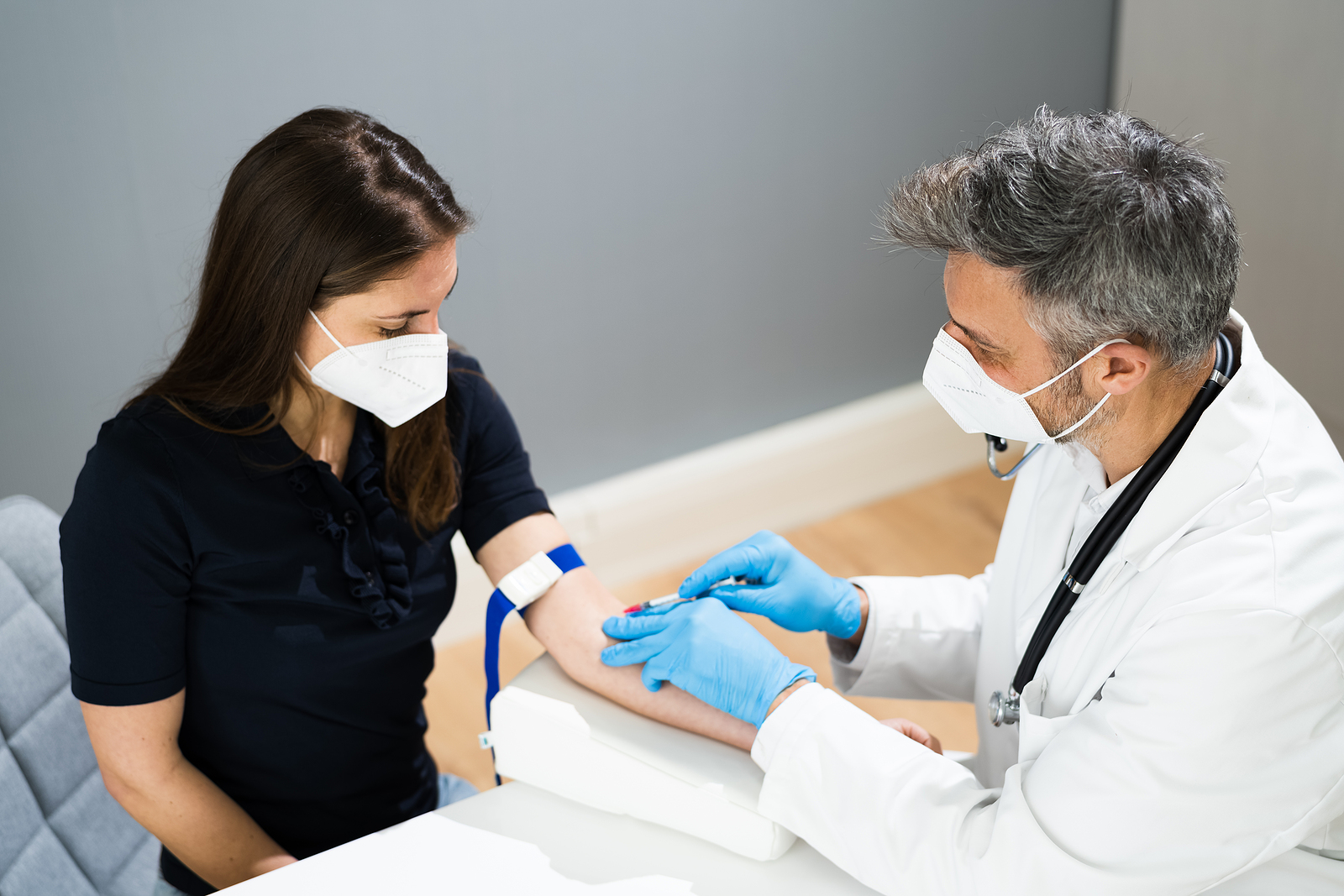If you’re thinking about getting into the field of phlebotomy, you’re making a smart choice. Labs, hospitals, outpatient clinics, and other healthcare organizations are often in need of qualified, certified phlebotomy professionals. Here, we’ll take a look at everything you need to know when deciding whether an online or in-person phlebotomy program is the best fit for you.
Online vs. Traditional Phlebotomy Programs
Both online and traditional phlebotomy programs have distinct advantages, and it’s important to carefully consider which option is the best fit for your needs.
Online programs allow students to access course materials through many formats, including video, message board discussion, text, and more. However, many traditional programs also provide all of these formats as well as in-person lectures and a hands-on experience.
Both online and traditional phlebotomy programs can be completed quickly. Some traditional programs can be completed in just eight weeks, while some online programs can be completed in as little as one semester.
While coursework is rigorous in any phlebotomy program, it’s important to consider whether you get the most out of your education through hands-on learning or virtual experiences. In a traditional phlebotomy program, you may have the opportunity to complete hands-on work. In an online course, you will learn digitally.
It's worth mentioning that many students who complete online phlebotomy training already have experience working with patients in the medical field.
Advantages of Online Phlebotomy Training Programs
From the flexibility of studying at home to simply learning preference, there are a number of advantages to completing an online phlebotomy program.
- Busy schedules can make it tough to get to a physical classroom, especially if you work full time. With online learning programs, you study and complete assignments at your own pace, whenever you have time.
- How do you learn best? Some people prefer text and video instruction via the computer, while others prefer face-to-face interaction with an instructor. If you prefer to interact with your instructor and classmates from the comfort of your own home, an online phlebotomy program will likely be a good fit.
- You’ll also want to consider your experience. If you’ve worked in a medical setting before and are already comfortable interacting with patients, an online program may be the refresher you need.
And don't forget: though you can complete your phlebotomy coursework online, practicums or clinical hours must be completed in-person. Depending on the school, a required number of correct venipunctures must be performed on mannequins or patients in a supervised clinical setting.
Disadvantages of Online Phlebotomy Training Programs
Online learning is certainly convenient and accessible. However, practicing phlebotomists work directly with patients in a laboratory or clinical setting; performing blood draws on patients is not an experience that can be duplicated online (yet!).
- If you’re new to the medical field, it may be a better idea to get your start in a traditional classroom that allows you to go through practical lab experiences and get comfortable with the hands-on aspect of phlebotomy.
- An online phlebotomy program may be able to teach you theory, but what about dealing with patients? Comforting those who are squeamish about needles is all part of a phlebotomist's day. An online program may not prepare you for these patient-to-puncturer interactions.
Any experienced phlebotomist will tell you there's an art and science to a good blood draw. From finding the best vein to getting the needle-stick right, performing a venipuncture is a technical skill that requires finesse and heart. Performing these techniques the right way requires in-person, hands-on practice. Though remote learning has come a long way, for in-person experiences that can't be duplicated online, traditional hands-on learning may offer more tangible benefits.
Advantages of Traditional Phlebotomy Training Programs
The main advantage of completing an in-person phlebotomy program is that you'll be training in an environment that most closely mimics the job you will be performing.
- Witnessing an actual blood draw from your instructor in person, including all the mechanics that go with it, provides a more complete picture of the work you'll be doing as a phlebotomist. Even online programs require in-person clinicals so a traditional phlebotomy program may better prepare you for the hands-on nature of the work.
- More than the mechanics of properly inserting the needle, phlebotomists must have a good bedside manner for dealing with patients who are needle-phobic. Patience and emitting a sense of calm are good traits for phlebotomists. Learning this sort of gentle patient engagement may be best done in a person-to-person environment with fellow students to role play.
- Though online learning has become more widely accepted, many employers in healthcare may prefer hiring those who completed an in-person phlebotomy program. Rightly or wrongly, in-person programs may be viewed as more rigorous.
From putting patients at ease to learning the mechanics of a proper blood draw, hands-on demonstrations and visuals may offer a more genuine learning experience.
Disadvantages of Traditional Phlebotomy Programs
As part of vocational and job-ready educational programs, in-person phlebotomy programs have been around for dozens of years. As such it can be hard to find the disadvantages of these tried and true learning methods.
- One drawback of in-person phlebotomy programs is their set schedules. Though evening and weekend programs are available, set class schedules for busy working professionals can be tough to manage.
- Theory coursework, such as medical terminology, basic anatomy and physiology, and phlebotomy ethics, can likely be taught just as effectively online. For self-motivated students, there may be little to any advantage of in-person learning for these courses.
- Moreover, if you are an experienced healthcare professional who is just looking for a refresher, you may find traditional phlebotomy classes to be too basic or remedial. In this case, an online learning environment may be more suitable to your situation.
Getting Started in an Online Phlebotomy Program
Whether you choose to launch your career as a phlebotomist in an online or traditional program, it can feel a bit daunting to get started. Here's what you need to know:
- Accreditation – Be sure to choose a phlebotomy program that is accredited and licensed per your state guidelines; each state has different requirements. There are several valid training programs so choose one that is recognized and well regarded.
- Program Length – In addition to accreditation, take a look at program length and hours required to complete the program. Though it varies by state and school, most programs require 80 to 100 hours with at least a good portion of that time being spent in an in-person lab. Eight to twelve-week program options are common.
- How Much? Cost for the phlebotomy program is another important option to consider. Many programs are quite affordable when compared to other medical training programs. For instance, community colleges often offer very affordable course options when compared to private trade schools. Costs can vary from several hundred dollars to several thousand.
- Certification – Once you complete your phlebotomy program either online or in-person, you will need to get certified. Certification, which is a type of assessment, is an additional step that must be completed after training in order to work as a phlebotomist. There are a range of certifications available, including the American Certification Agency for Healthcare Professionals. In addition to your phlebotomy, you need a certain number of hours (usually between 800 to 1200) to be eligible for the certification process.


